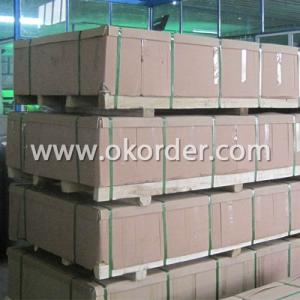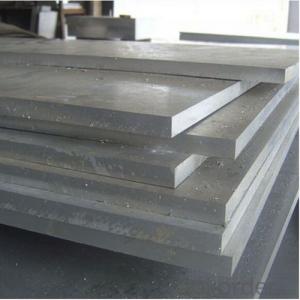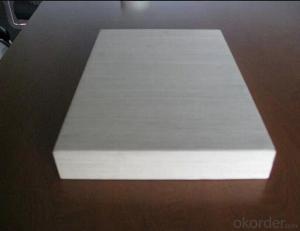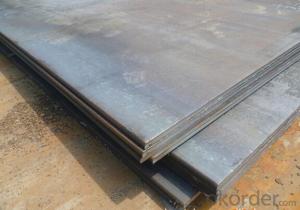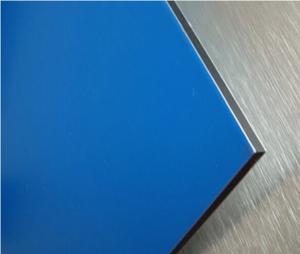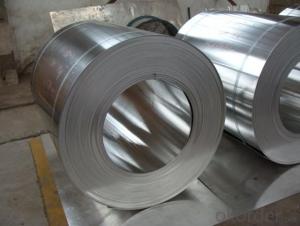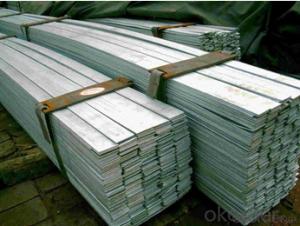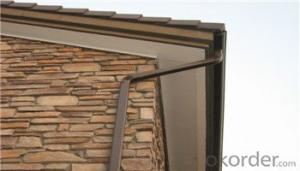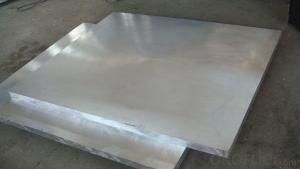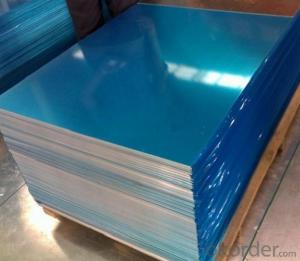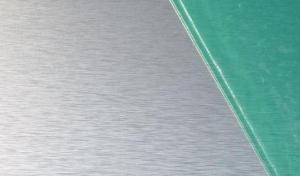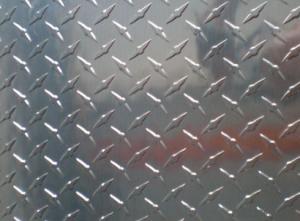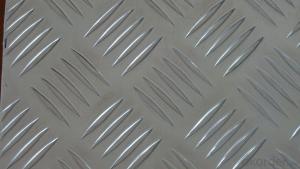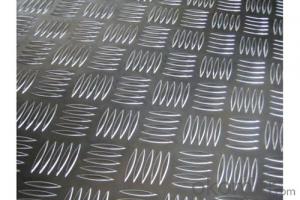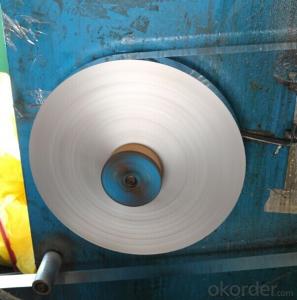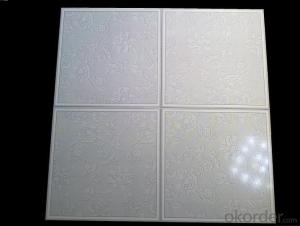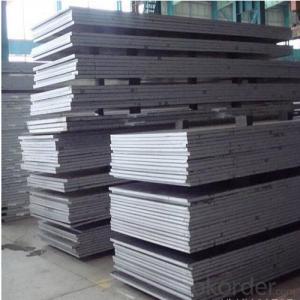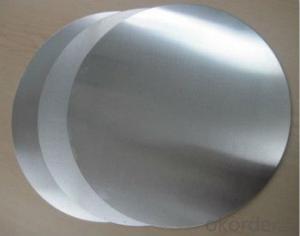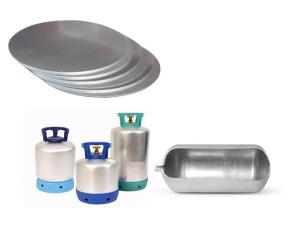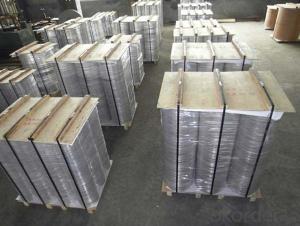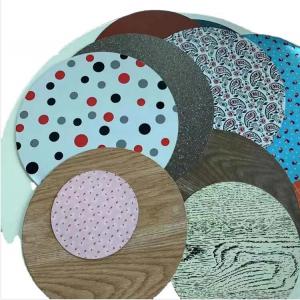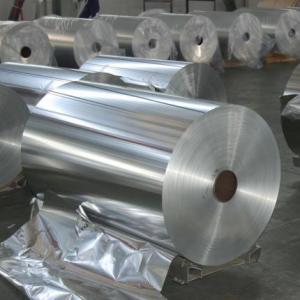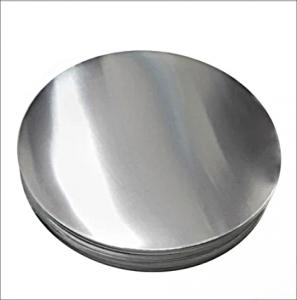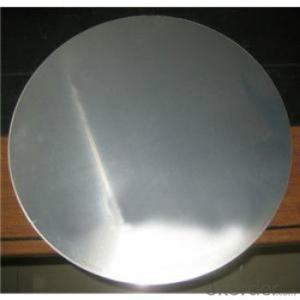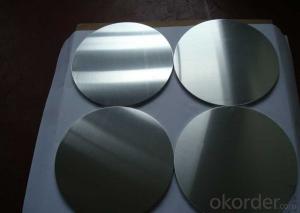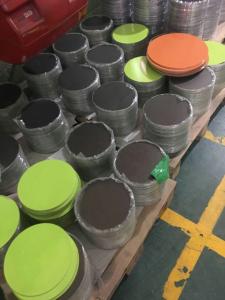6mm Aluminum Plate
6mm Aluminum Plate Related Searches
6x6 Aluminum Plate 6 Aluminum Plate 6 Inch Round Aluminum Plate Mic 6 Aluminum Plate 5mm Aluminum Plate 3mm Aluminum Plate 2mm Aluminum Plate Aluminum Plate 5mm 12mm Aluminum Plate Mic-6 Aluminum Plate T6 Aluminum Plate 6101 T6 Aluminum Plate 2 Mm Aluminum Plate Aluminum Plate 2mm 10mm Aluminum Plate Mic 6 Cast Aluminum Plate Mic6 Aluminum Plate 60 Aluminum Plate 6060 Aluminum Plate 4 Mm Aluminum Plate 6061-T6 Aluminum Plate 5mm Thick Aluminum Plate 6101 Aluminum Plate 15mm Aluminum Plate Aluminum Metal Plate 5 16 Aluminum Plate 5 Aluminum Plate 6160 Aluminum Plate 6061 T6 Aluminum Plate 1 16 Aluminum Plate6mm Aluminum Plate Supplier & Manufacturer from China
6mm Aluminum Plate is a versatile and widely-used metal product that comes in various grades and alloys, offering excellent strength and corrosion resistance. This product is known for its lightweight properties and is often utilized in construction, automotive, aerospace, and other industries where durability and performance are paramount. The 6mm thickness provides a balance between rigidity and flexibility, making it suitable for a broad range of applications.The 6mm Aluminum Plate is commonly employed in applications such as structural components, facades, and decorative elements due to its ability to withstand harsh weather conditions and maintain its aesthetic appeal over time. It is also used in the manufacturing of various products like heat sinks, aircraft parts, and transportation vehicles, where its lightweight and strong characteristics are highly beneficial. The plate's malleability allows for easy fabrication, making it an ideal choice for custom designs and intricate projects.
Okorder.com is a reputable wholesale supplier of 6mm Aluminum Plate, boasting a substantial inventory that caters to the diverse needs of clients across different sectors. With a commitment to quality and customer satisfaction, Okorder.com ensures that the 6mm Aluminum Plate they provide meets the highest industry standards, making it a reliable choice for businesses and individuals alike.
Hot Products
